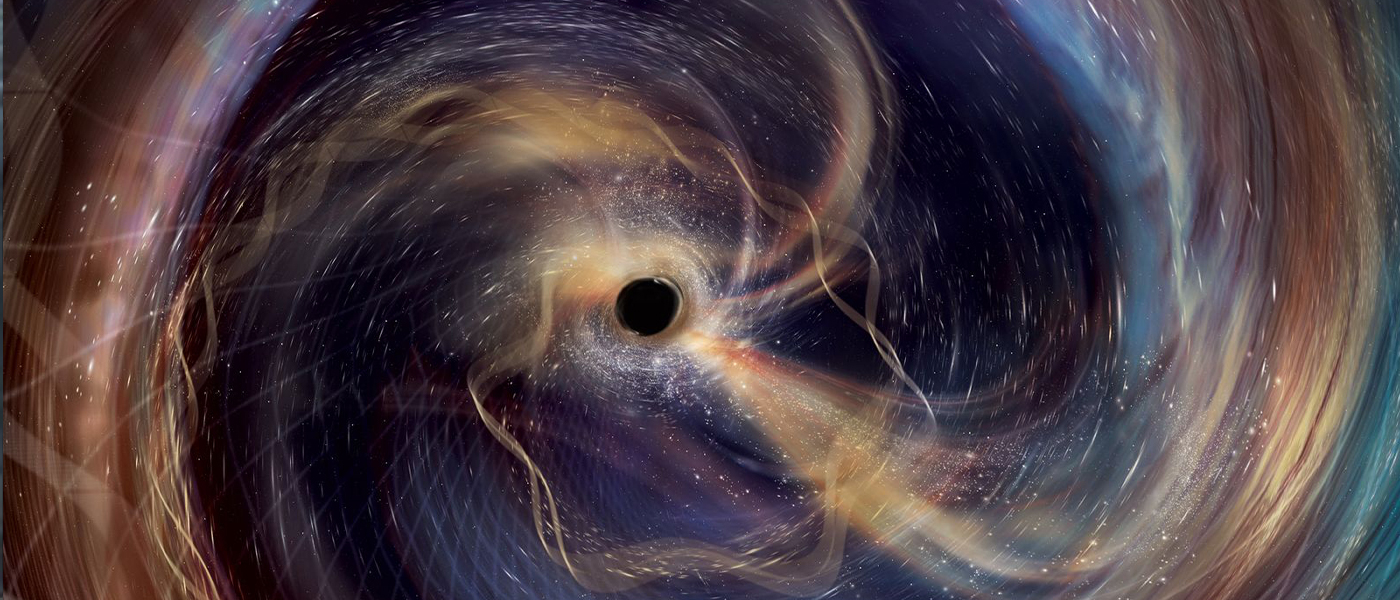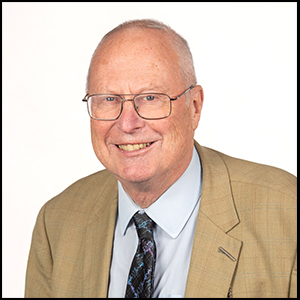Gravitational waves discovery

Researchers from the University are celebrating the 10th anniversary of one of the 21st century’s key scientific achievements – the first direct detection of gravitational waves.
On 14 September 2015 a signal arrived on Earth from a pair of remote black holes that had spiralled together and merged. The signal had travelled for about 1.3 billion years to reach us at the speed of light – but it was not made of light. It was a different kind of signal: a ripple in space-time called a gravitational wave, first predicted by Albert Einstein 100 years before. On that day ten years ago, the twin detectors of the Laser Interferometer Gravitational-Wave Observatory (LIGO) made the first-ever direct detection of gravitational waves, whispers in the cosmos that had gone unheard until that moment.
Glasgow scientists have been involved in gravitational research since the middle of the 20th century. Researchers from the University's Institute for Gravitational Research (IGR) played key roles in the development of the field, including the design and development of the Advanced LIGO detectors, the delicate mirror suspensions which make the detections possible by isolating them from external vibrations.
Professor Sheila Rowan is Director of the IGR: “The first signal LIGO picked up came before the detectors had even begun their first official observing run, which was a remarkable gift from nature. As it became clear that this signal was genuine, it caused intense relief and excitement around the world – we knew that our years of hard work and international collaboration had paid off, and that we had a whole new way of probing our universe.”
The historic discovery meant that researchers could now sense the universe through three different means. Light waves, such as X-rays, optical, radio and other wavelengths of light, as well as high-energy particles called cosmic rays and neutrinos, had been captured before, but this was the first time researchers had witnessed a cosmic event through its gravitational warping of space-time.
Today, an international network of detectors observe the gravitational universe together and researchers at the University’s IGR and School of Physics & Astronomy continue to work in partnership with their counterparts around the world. They have helped guide upgrades to the detectors which have sharpened their ability to pick out gravitational wave signals from the background noise of the universe. They have also helped to develop software capable of analysing more efficiently the increased frequency of detections which the upgraded detectors have enabled.
The University’s research is supported by funding from UKRI’s Science & Technology Facilities Council, as are other gravitational research groups across the UK.
Perseverance pays off
Professor Sir James Hough has been working on gravitational research at Glasgow since 1972, early in his post-PhD research career. He founded the IGR in 2000 and was knighted in 2019 in recognition of his leading roles in international research collaborations including LIGO and the British-German GEO600 detector which pioneered novel detector technologies later adopted by and used in the Advanced LIGO observatories.
“It’s wonderful to be celebrating the 10th anniversary of the first detection, and to still be involved in the expanding field of gravitational wave astronomy. In the 1970s, a prototype aluminium bar detector we built here in Glasgow picked up a signal we thought might well have been evidence of a gravitational wave, but we weren’t able to verify it at the time. Having that experience helped keep me going through decades of work with colleagues around the world to build much more sophisticated detectors. It’s fantastic to be able to look back on nearly 300 confirmed detections and realise that our perseverance has paid off so well.”
Discover more
Institute for Gravitational Research
School of Physics & Astronomy


